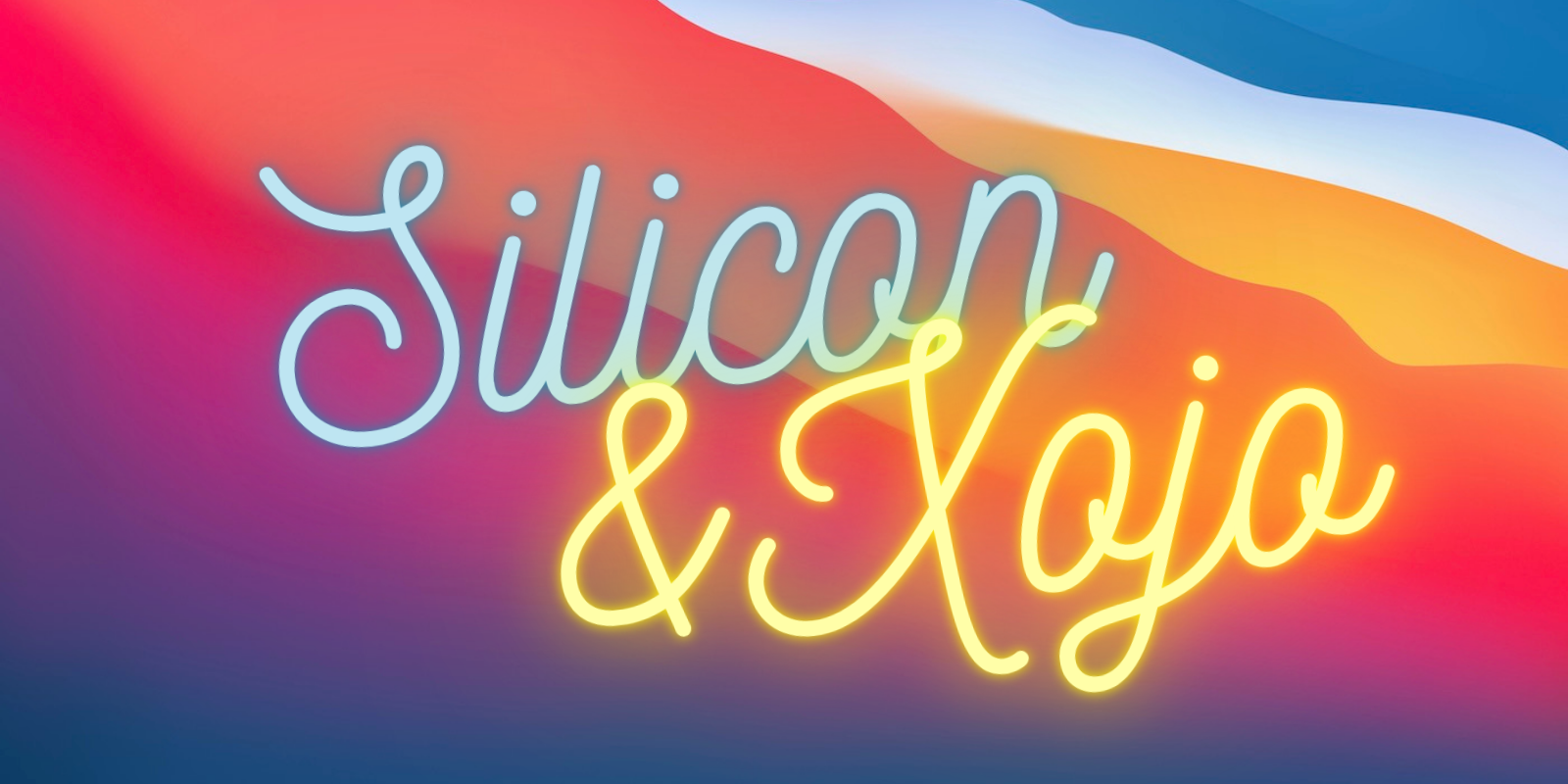The Keychain is a system-wide feature on macOS that securely stores account passwords for applications. Until Xojo 2025r1, updating the password for an existing KeychainItem—that is, for a given Service Name—required first removing the item from the Keychain and then recreating it from scratch. Not exactly the most efficient process. But with the introduction of the KeychainItem.UpdatePassword method in 2025r1, things have gotten much easier. Read on to see how you can take advantage of this new functionality.
Comments closedTag: macOS
Starting in Xojo 2025r1, all new Desktop projects will include the Window menu by default, as it is a standard feature across most applications. Xojo macOS apps will immediately benefit from this update!
Comments closedBy default, macOS adds several menu options to the Window menu of any Desktop app. Those options have been getting more interesting in the latest releases of the operating system, allowing, among other things, to set the position and arrangement of the Window on the screen, split the screen between the Window of one app and another app, or even sending a window of an app to an iPad as an “extended” screen in your macOS setup. Read on, adding these options to your Xojo-built macOS apps is just a few Declares away!
Comments closedWith macOS Sonoma, users can add a Xojo web app to the Home / Dock. That brings icon badges and manifest files to Xojo web apps starting with Xojo 2023r2. Let’s see how you can use them to make your web apps more accessible and useful.
Comments closedXojo creates native apps and uses the native user interface toolkit on each platform. This is important from the end-user’s point of view – we’ve all used apps that didn’t feel quite right, often Java or Electron-made apps. But it’s also important from the developer’s point of view because many of these design changes are effectively done for you.
Comments closedOver the years, the list of technologies upon which Apple depends has grown longer. These technologies provide a great deal of benefit both to developers and end users. Fortunately, Apple provides, supports and maintains the tools required to use these technologies at no cost to developers. Unfortunately, Apple only provides tools that run on macOS.
Comments closedXojo Engineers Paul and Travis talk about Xojo 2020 Release 2 and Apple M1 Macs.
Comments closedStarting with Xojo 2020 Release 2 you’ll be able to build your own Universal Binary apps! All you’ll have to do is go to your macOS Build Settings and change the Architecture from “x64 (64-bit)” to “Universal” and re-build your project. Xojo does everything else for you.
Comments closedDid you know that you have a custom icon on folders created from your Xojo app? Read on to learn more!
Uniform Type Identifiers (UTIs) are one of the many often misunderstood parts of building native macOS apps. While they’re not just for specifying file types, that’s what I’m going to focus on today.
Comments closedAt WWDC 2019, Apple announced macOS Catalina (10.15). They didn’t specifically mention it during the keynote, but the writing has been on the wall for…
Comments closed
